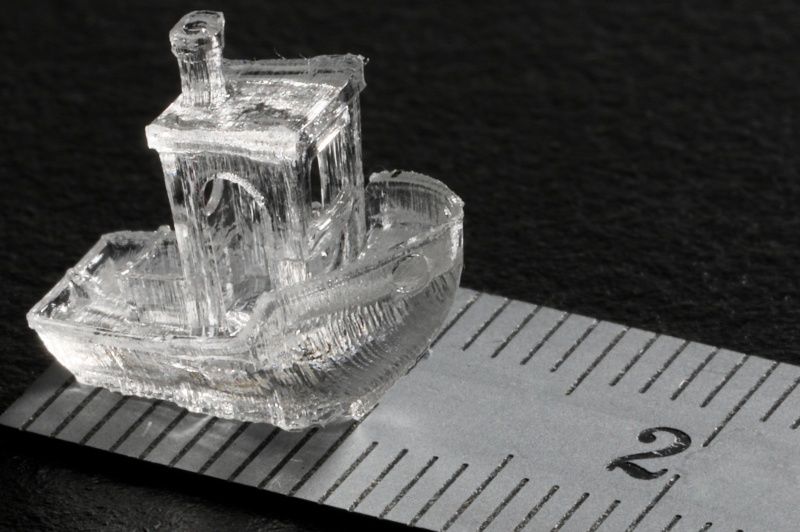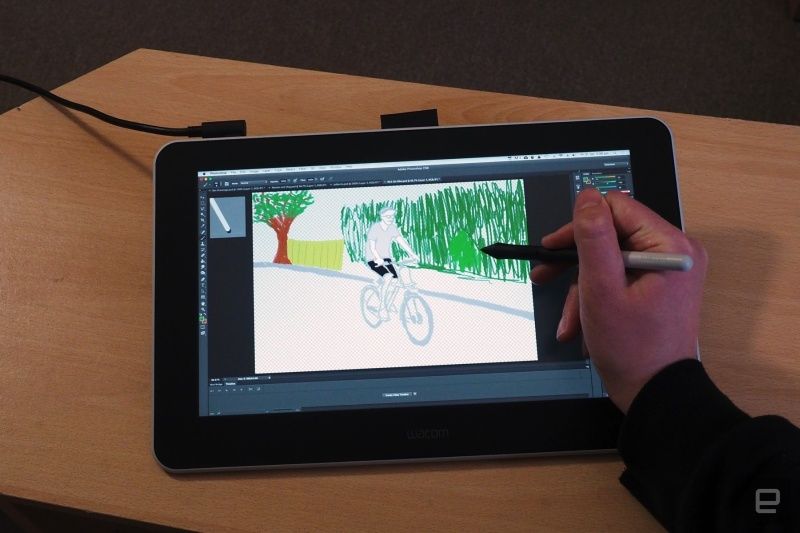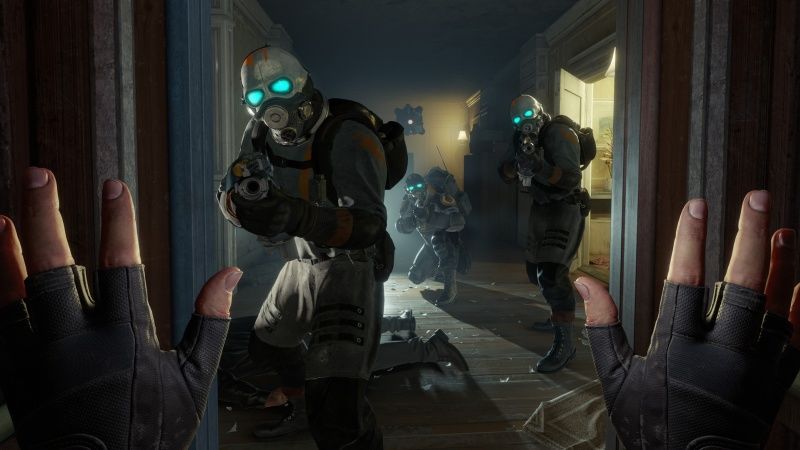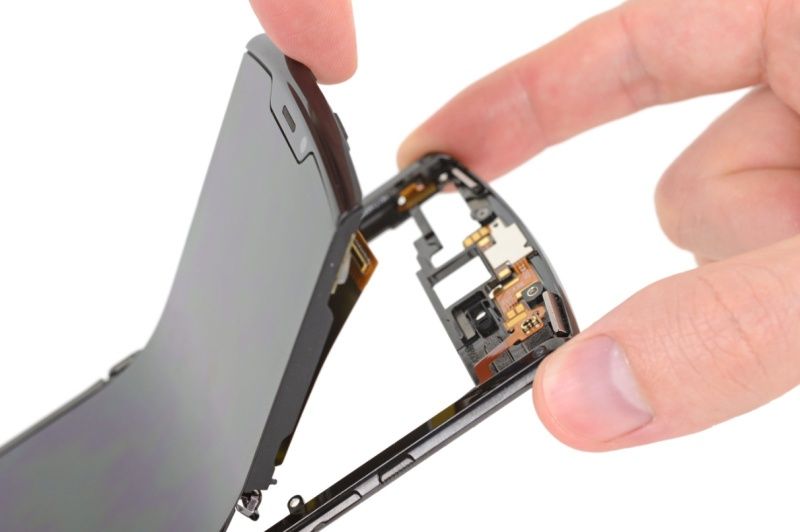‘It’s all about the light.’Researchers find a way to 3D print tiny objects in seconds

Swiss researchers have developed a technique that forms a solid resin structure in one go, rather than segment by segment, as is the case with traditional 3D printing. They do it by illuminating the photosensitive resin from multiple angles, using algorithms to target the laser beams as needed.
Right now, they’re only making small 2cm structures, but they believe it can scale up to 15cm. Because of the way it works, sterile production is possible, and they’re already thinking of using it to make soft objects like mouthguards or hearing aids.
And the Razr’s really bad timing.Engadget Podcast: Breaking down the Samsung fest and MWC mess

Cherlynn is joined by senior mobile editor Chris Velazco (Devindra is off on vacation, yay!) to talk about all of the new Galaxy phones (Flip Z or S20) and commiserate over no longer going to Barcelona. Listen on Apple Podcasts, Google Play, Spotify, Pocket Casts or Stitcher.
Easily Wacom’s most affordable graphics display.Wacom One review: A great, no-frills drawing tablet for budding artists

A graphics tablet for beginners, the Wacom One takes most of what’s good from its pricier models and shrinks it down. You’ll miss things like touch or shortcut buttons, but at $400…
You can battle the Combine again in just a few weeks.Valve is releasing ‘Half Life: Alyx’ on March 23rd

That sequel you’ve been dreaming of, well, we have no idea about Half Life 3 still. But to keep you going, the VR-centered Half Life: Alyx is coming in just over a month. Information is still scarce on the game itself — hopefully we’ll hear more in the coming weeks.
There’s glue. Lots of glue.
Motorola’s foldable Razr is unsurprisingly hard to repair

With foldable smartphones far from the norm, a lot of us are understandably wary of making such a sizeable investment in something that’s still relatively unpredictable. If it goes wrong, how much of a hassle — and how much — will it be to repair? According to iFixit’s recent teardown, don’t expect to repair the new Razr at all.
The teardown reveals small gaps between the phone’s hinge and display on each side. Similar gaps, iFixit says, to those that contributed to the demise of some of the first Galaxy Folds. But as the team notes, the gap only appears midway through the folding action, so it may be no cause for concern.
There’s a lot of glue involved, and it got the glorious repairability score of… one out of ten.
“There ain’t no getting off this (hype) train we on.”Watch the opening to ‘Final Fantasy VII Remake’ right here

I’m contractually obliged to write about all developments to do with the remake of Final Fantasy VII, because 13-year-old Mat takes control of all motor functions at the mere mention of the RPG. Early today, we got an intro movie that’s the same but different. Watch for yourself.
The first phones other than the Galaxy S20 with LPDDR5 RAM.Xiaomi’s Mi 10 flagships feature 108MP cameras and 30W wireless charging

Xiaomi has unveiled its new flagship devices, the Mi 10 and Mi 10 Pro, which feature the 30W wireless charging capability it debuted with the Mi 9 Pro 5G, last year. The Mi 10 phones are powered by Qualcomm’s Snapdragon 865 platform and feature WiFi 6, along with Bluetooth 5 and NFC connections. They have a 6.67-inch AMOLED display with a 90Hz refresh rate and ambient sensors on both sides.
Both are available for pre-order now, depending on where you live, but the bad news is that we haven’t heard anything yet about Mi Mix Alpha and its wild wraparound screen.
But wait, there’s more…
The Morning After is a new daily newsletter from Engadget designed to help you fight off FOMO. Who knows what you’ll miss if you don’t Subscribe.
Craving even more? Like us on Facebook or Follow us on Twitter.
Have a suggestion on how we can improve The Morning After? Send us a note.

 Immune systems across the globe have been working overtime this winter as a devastating flu season has taken hold. More than 180,000 Americans have been hospitalized and 10,000 more have died in recent months, according to the CDC, while the coronavi…
Immune systems across the globe have been working overtime this winter as a devastating flu season has taken hold. More than 180,000 Americans have been hospitalized and 10,000 more have died in recent months, according to the CDC, while the coronavi…






